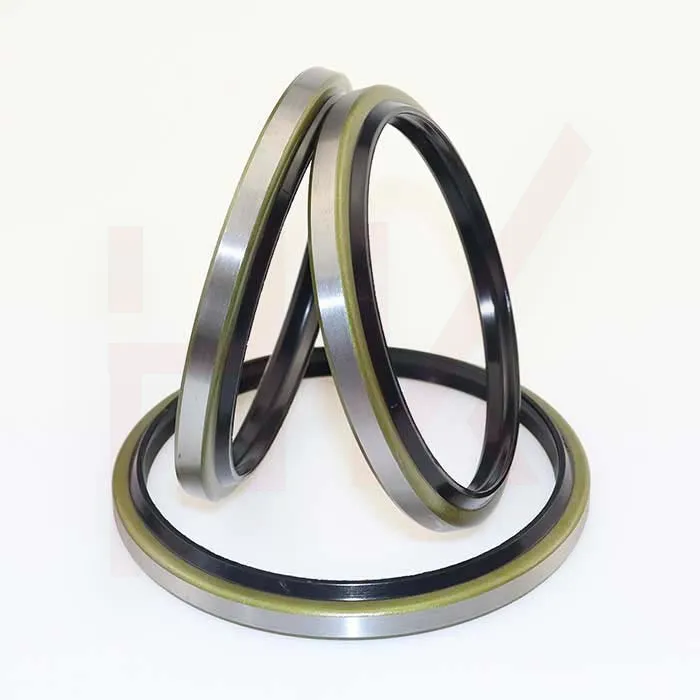ऑगस्ट . 11, 2024 01:52 Back to list
Techniques and Tips for Successfully Replacing Seals in Hydraulic Cylinder Assemblies and Systems
Replacing Seals in a Hydraulic Cylinder A Step-by-Step Guide
Hydraulic cylinders are critical components in various machinery and equipment, allowing for the conversion of hydraulic energy into mechanical motion. Over time, seals within these cylinders can wear out or become damaged, leading to leaks and decreased efficiency. Properly replacing seals in a hydraulic cylinder is essential for maintaining performance and prolonging the life of the equipment. This article outlines the steps involved in replacing seals in a hydraulic cylinder, providing you with a comprehensive understanding of the process.
Understanding the Components
Before diving into the replacement process, it’s crucial to familiarize yourself with the components of a hydraulic cylinder. A typical hydraulic cylinder consists of the cylinder barrel, piston, rod, and end caps, along with various seals. Seals are vital for preventing hydraulic fluid from leaking between the different sections of the cylinder. The most common types of seals in a hydraulic cylinder include O-rings, Piston seals, and Rod seals.
Tools and Materials Needed
To replace seals in a hydraulic cylinder, you'll need specific tools and materials
1. Safety Gear Gloves, goggles, and protective clothing. 2. Wrenches For loosening and tightening bolts. 3. Seal Kit Ensure you have a seal kit that matches your cylinder’s specifications. 4. Pry Bar or Seal Puller For removing old seals. 5. Clean Rags and Solvent For cleaning surfaces before reassembly.
Step-by-Step Process
1. Preparation Begin by disconnecting the hydraulic cylinder from the machinery. Ensure that the system is depressurized to avoid accidents. Lay down absorbent materials to catch any fluid that may leak out during the process.
replacing seals in a hydraulic cylinder

2. Disassembly Use the appropriate wrenches to remove any bolts securing the end caps to the cylinder. Carefully slide the end caps off to expose the piston and rod. Take care not to damage the components during disassembly.
3. Remove Old Seals Use a pry bar or seal puller to carefully remove the old seals. Be cautious not to scratch or damage the cylinder barrel or piston during this step. Inspect the components for signs of wear or damage, which may require further attention.
4. Clean the Surfaces Thoroughly clean all surfaces of the hydraulic cylinder, including the barrel, piston, and end caps, using solvent and clean rags. This step is crucial, as dirt or debris can compromise the effectiveness of the new seals.
5. Install New Seals Carefully install the new seals from the seal kit. Ensure that they are properly aligned and seated in their respective grooves. Taking your time during this step is essential, as improperly installed seals can lead to leaks.
6. Reassemble the Cylinder Once the new seals are in place, reattach the end caps to the cylinder. Make sure to tighten the bolts to the manufacturer’s specifications to avoid any leaks or failures.
7. Testing After reassembly, reconnect the hydraulic cylinder to the machinery. Gradually pressurize the system and check for leaks around the new seals. If no leaks are detected, you can proceed to use the equipment.
Conclusion
Replacing seals in a hydraulic cylinder is a necessary maintenance task that can significantly enhance the performance and longevity of hydraulic systems. By following the steps outlined in this guide, you can ensure a successful seal replacement, maintain operational efficiency, and reduce the risk of costly repairs due to seal failure. Regular inspection and timely replacement of seals will safeguard your equipment and help you maintain optimal performance in your hydraulic systems.
-
The Trans-formative Journey of Wheel Hub Oil Seals
NewsJun.06,2025
-
Graphene-Enhanced Oil Seals: Revolutionizing High-Pressure Oil Sealing
NewsJun.06,2025
-
Future of Hydraulic Sealing: Advanced Intelligent TCN Oil Seals
NewsJun.06,2025
-
Don’t Let a Broken TCV Oil Seal Ruin Your Day
NewsJun.06,2025
-
Bio-Inspired Dust Seals for Better Sealing Performance
NewsJun.06,2025
-
Biodegradable and Sustainable Hydraulic Seal Materials
NewsJun.06,2025
-
Top Oil Seal Solutions for Your Industrial Needs
NewsMay.22,2025
Products categories
















